sternohyoid muscle syndrome
CONCLUSION Our patients did not have omohyoid syndrome. Sternohyoid syndrome has not been reported before but it is very similar to omohyoid syndrome.

Omohyoid Muscle Syndrome In A Mixed Martial Arts Athlete A Case Report Abstract Europe Pmc
This is the first.

. The sternohyoid muscle is one of the infrahyoid strap muscles. Omohyoid m uscle syndrome is a rare clinical condition. Using biopsy clamps the muscle is isolated and secured in isometric position.
The pain of sternohyoid syndrome appears to be the result of damage to the fibers of the belly of the sternohyoid muscle or as the result of abnormal attachment of the muscle to the mid-clavicle rather than to the more medial clavicle. In sternohyoid muscle syndrome there is a mass present in the lateral neck region that disappears with swallowing. Patients presenting with neck mass are challenging for many otolaryngologists.
Blood supply The sternohyoid muscle receives its blood supply from the lingual and superior thyroid arteries. The color of the left sternohyoid muscle was dark. This pain manifests as myofascial.
When the neck is extended or turned to one side the sternohyoid muscle may be noted as. Classically this condition is caused by omohyoid muscle syndrome but research has found that the sternohyoid muscle can also be the cause of the swelling. Infrahyoid muscles are also known as strap muscles which connect hyoid sternum clavicleand scapula.
Muscle tissue homogenate was made. Inflammatory demyelinating neuropathies such as Guillain-Barré syndrome myasthenia gravis and. Conclusion Our patients did not have omohyoid syndrome.
The color of the left sternohyoid muscle was dark red and the fascia covering the muscle was denuded. Sternohyoid muscle syndrome Sternohyoid muscle syndrome Abstract Objectives. If a mass on the lower lateral neck exists with swallowing and disappears after swallowing it has been diagnosed as.
The sternohyoid muscle is recognized as the most medial and superficial of the infrahyoid strap muscles. The color of the left sternohyoid muscle was dark red and the fascia covering the muscle was denuded. Neck mass caused by displacement of the.
We found that the abnormal muscle is a sternohyoid muscle and not omohyoid muscle. That shows unmistakable signs of an X-shaped lateral. Sternocleidomastoid muscle superficially due.
The muscle had lost elasticity and moved abnormally. The superoxide dismutase SOD and malondialdehy MDA levels were measured. The symptoms of omohyoid syndrome are the same as sternohyoid syndrome but the problematic muscle is different.
Myosin-ATPase histochemistry was used to assay the size and capillary density of the isolated sternohyoid muscles. In sternohyoid muscle syndrome there is a mass present in the lateral neck region that disappears with swallowing. We found that the abnormal muscle is a sternohyoid muscle and not omohyoid muscle.
Care is taken to avoid crushing the muscle or stretching it. In this particular case the SCM muscle had developed tightness and weakness with presence of multiple trigger points within both heads. Thyrohyoid syndrome is also known as hyoidynia hyoid bursitis or lateral thyrohyoid ligament syndrome.
The muscle had lost elasticity and moved abnormally. It is superficial to the sternothyroid and thyrohyoid muscles and inserts just medial to the superior belly of the omohyoid muscle on the inferior border of the hyoid bone. They are located below the hyoid bone on the anterolateral surface of the thyroid glandand are involved in movements of the hyoid bone and thyroid cartilage during vocalization swallowingand mastication.
In this report the sternohyoid muscle extended and protruded during swallowing noted as a neck mass. This article presents a case study of a patient diagnosed with dysfunction of the sternocleidomastoid SCM muscle a condition which can result in head and face pain nausea dizziness coryza and lacrimation. There was no literature about sternohyoid syndrome.
Classically this condition is caused by omohyoid muscle syndrome but research has found that the sternohyoid muscle can also be the cause of the swelling. It is constant and exacerbated with movement of the affected muscle. We found that the abnormal muscle is a sternohyoid muscle and not omohyoid muscle.
There was no literature about sternohyoid syndrome. There was no literature about sternohyoid syndrome. The sternohyoid muscles were collected.
1 A patient with this condition typically but not always has a history of placing stress on this connective tissue in his or her profession or activitiestrumpet playing for example.

Pdf Duplicate Omohyoid Muscle Causing Progressive Dysphagia And Dyspnea A Case Report Semantic Scholar

A Preoperative Photo Demonstrating Margins Of Omohyoid Muscle B Download Scientific Diagram
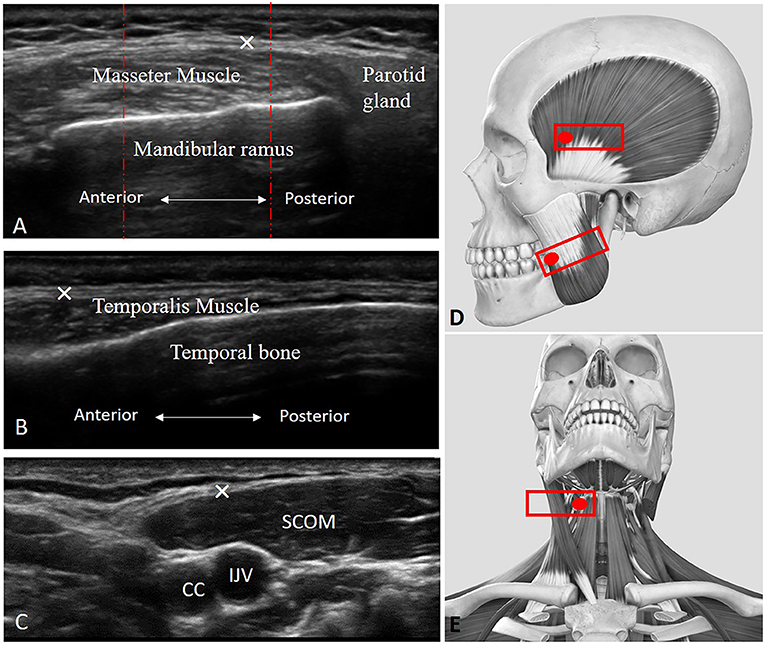
Frontiers Ultrasound Imaging Of Head Neck Muscles And Their Fasciae An Observational Study Rehabilitation Sciences

Omohyoid Muscle Syndrome In A Mixed Martial Arts Athlete A Case Report Abstract Europe Pmc

Omohyoid Muscle Syndrome In A Mixed Martial Arts Athlete A Case Report Abstract Europe Pmc
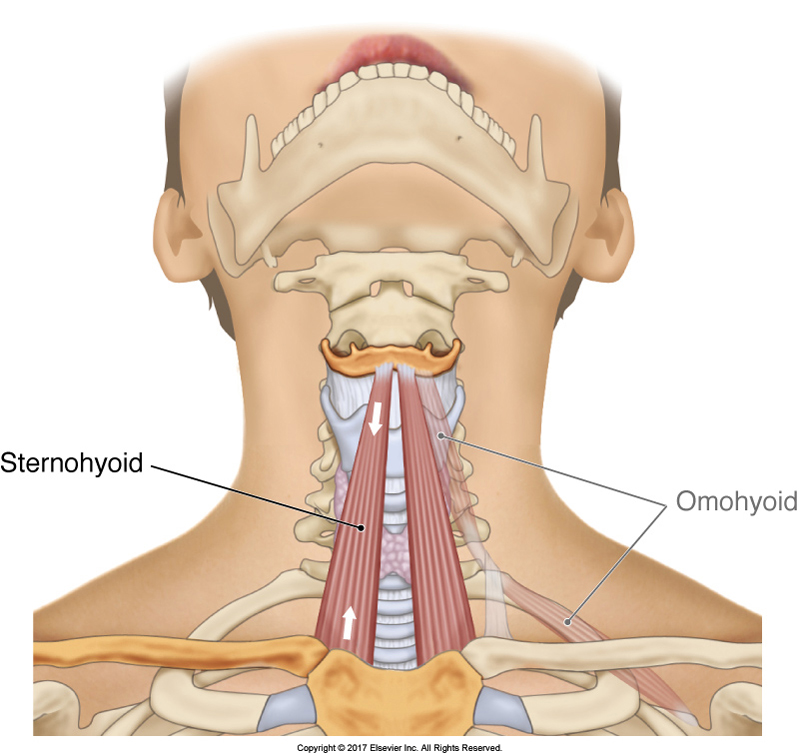
The Unusual Suspects Sternohyoid A Muscle Of The Anterior Neck
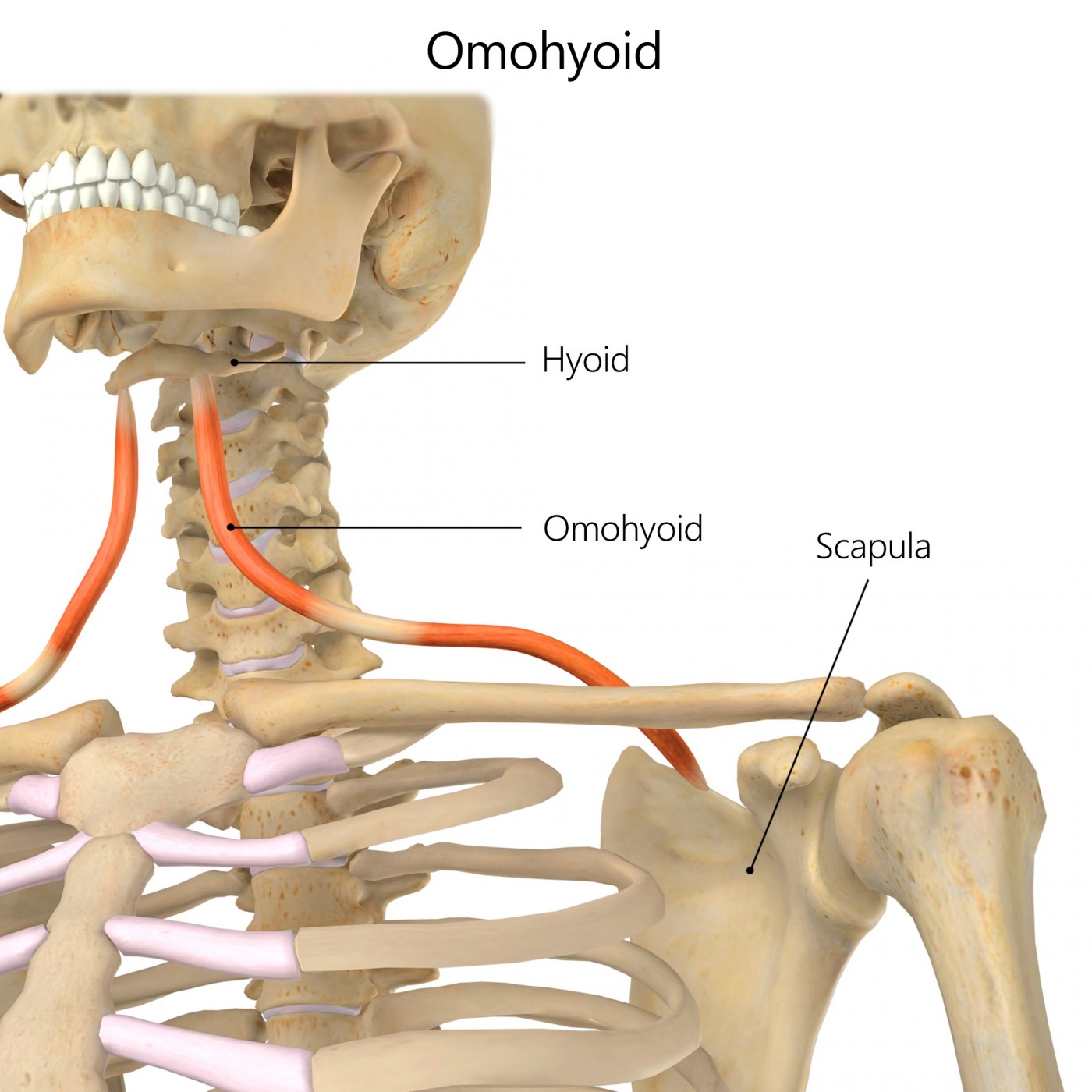
Omohyoid Neck Rehab My Patient

A Report Of Three Cases Of Omohyoid Muscle Syndrome Semantic Scholar

Theory And Practice Of Laparoscopic Surgery Against Omohyoid Muscle Syndrome Semantic Scholar

Endoscopic Surgery For Omohyoid Muscle Syndrome Semantic Scholar

Sternohyoid Muscle Syndrome Semantic Scholar
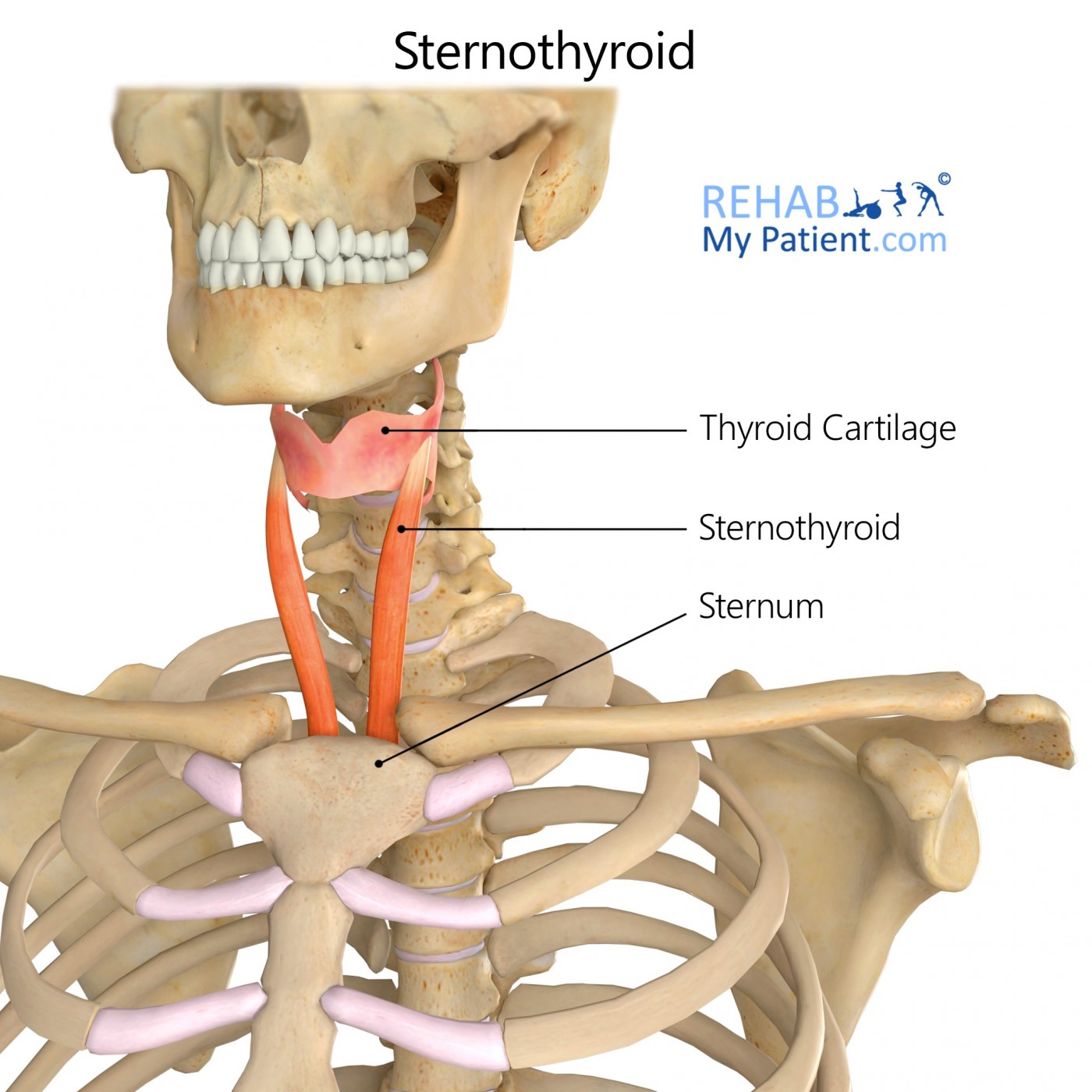
Sternothyroid Rehab My Patient

Omohyoid Muscle Syndrome In A Mixed Martial Arts Athlete Semantic Scholar
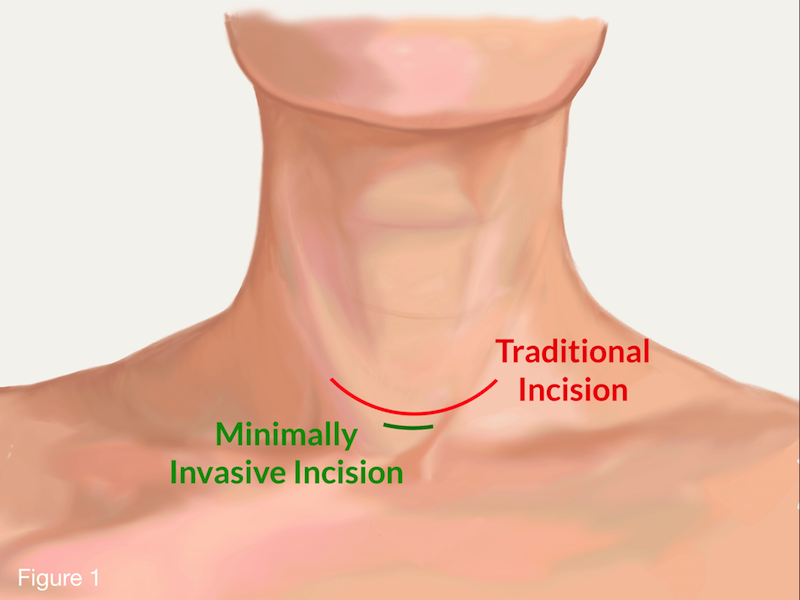
Parathyroidectomy Parathyroid Gland Removal Surgery Dr Larian
The Unusual Suspects Sternohyoid A Muscle Of The Anterior Neck

Sternohyoid Muscle Syndrome Ento Key

Omohyoid Muscle Full Circle School Of Massage Therapyfull Circle School Of Massage Therapy
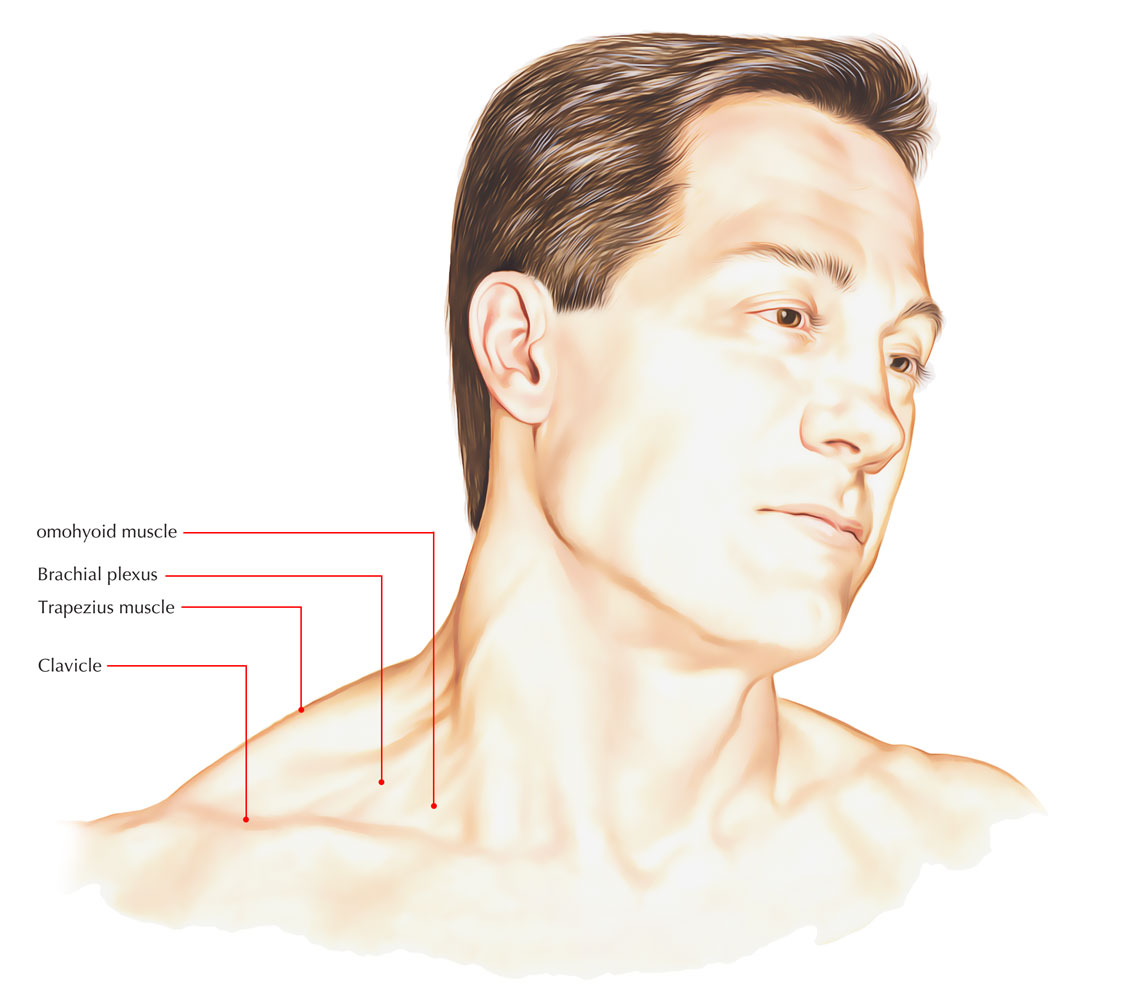
Comments
Post a Comment